There’s no reason not to read a Southeast Asian comic in 2025 because we’ve got a bumper crop coming for you! With five new titles slated for release, it is major news for us as the most we’ve ever put out in a year and we can’t wait to put each of them in your hands.
For those of you have been asking for more Tiger Girls, you asked, and we’re answering: expect more in the upcoming print version of the webcomic! We’ve also got other exciting new titles, anthologies, bind-ups and sequels. Read till the end for a quick look at what we have even further down the pipeline!
Download our catalogue here or read on to find out more!
To the Last Gram
By: Shreya Davies and Vanessa Wong
Category: Young Adult Fiction
Theme: Eating Disorders, Mental Health
Release: April 2025 (print) / 2026 (audio comic)

Synopsis:
Through her school days, where she must negotiate a precarious balancing act between her culture and fitting in, to her teenage years where appetites must be managed to keep up appearances, to her early adulthood where responsibilities feel overwhelming, Divya journeys from feelings of emptiness to once again finding fulfilment within.
Combining evocative comics and expressive prose, To the Last Gram is an honest and hopeful story of feeling at odds with and finding a home in one’s community, family, and body, and of the yet-unfurling journey to embrace the fullness of life.
To the Last Gram is the fourth comic from our DE Shorts range which is all about shedding light on social issues through stories of lived experience. Told through the lens of Divya from adolescence to adulthood, we see her struggle to find her space in the world as she navigates changes within her body as well as the desires and expectations that come with it.
Eating disorders can be a tricky subject to approach, but Shreya Davies deftly captures the experience of living with one while also gently unpacking how body image is tied so closely to racism and privilege. Weaving it all together are Vanessa Wong’s darkly whimsical illustrations that toy with scale and perspective, surfacing the visceral emotions that lie between anxiety and hope.
Tiger Girls
By Felicia Low-Jimenez and Claire Low
Category: Young Adult Fiction
Theme: Fantasy, Mythology
Release: Jul 2024 (webcomic) / May 2025 (print)

Synopsis
Marked by their zodiac sign, the Tiger Girls live in constant fear and anxiety, mounting their resistance against impending attacks while living in the shadows.
Behind the scenes, young Suling resentfully toils as a record-keeper, while yearning to be on the frontlines, fighting alongside her sign sisters. However, an unexpected visitor arriving at their hidden location will upend her world entirely…
Tiger Girls bites back with a vengeance! Following its eight-episode online release which ends in February 2025, the Southeast Asian-inspired fantasy webcomic based on the myth of the Tiger zodiac will be released in glorious print. If you were enthralled by Claire Low’s sleek manga-style illustrations on screen, just imagine how incredible they’d look in your hands and on your shelves. Accompanied by bonus material and additional backstory by writer Felicia Low-Jimenez, see Southeast Asia transformed into a sprawling archipelagic dystopia as the Tiger Girls hide and survive to avoid a gruesome fate as women born in the Year of the Tiger.
You can read all episodes of Tiger Girls online at tigergirlscomic.differenceengine.sg.
How Are You Feeling?

By: Andeasyand, Vinita Ramani, Griselda Gabriele, Wayne Rée, and Nurjannah Suhaimi
Category: Adult Fiction & Non-fiction
Theme: Anthology, Graphic Medicine
Release: Aug 2025
Synopsis
A girl navigates her first period while a woman anticipates her last. A mother loses her baby before she can hold him. A friend opens up about her struggles with mental health.
The How Are You Feeling? anthology collects the first three issues of Difference Engine’s DE Shorts imprint: A Drip. A Drop. A Deluge: A Period Tragicomedy, Bearing Witness, and Worlds Apart: A Conversation about Mental Health. From humorous anecdotes drawn from difficult conversations, contrasting encounters and shared conundrums, to deeply personal experiences, this trilogy of comics seeks to open up dialogue about relatable issues that remain difficult to talk about.
How Are You Feeling? brings Difference Engine’s first three DE Shorts comics together in one volume for the first time ever. Collating these stories about mental health, periods, menopause, and pregnancy loss, this anthology highlights the intersecting conversations about the emotional journeys, deluge of feelings, and ineffable experiences that we might find ourselves in. While the world asks for these struggles to be navigated quietly and in solitude, we hope the question “how are you feeling” opens us up to more that needs to be said and the assurance that we are less alone than we think we are.
DELAY: A Comics Anthology

Co-editors: Charis Loke and Paolo Chikiamco
Category: Adult Fiction
Theme: Anthology
Release: Oct 2025
Synopsis:
Looming milestones, and missed connections. Resisting mainstream expectations, and doing life at your own pace. What does DELAY mean to you? Writers and illustrators from all around Southeast Asia take on this theme in an anthology curated by guest editors Charis Loke and Paolo Chikiamco, telling stories close to their hearts while exploring the potential of the comics medium to depict the passage of time.
Following a hugely successful open call with over 80 pitches received, we’re sure many are anticipating this one! DELAY: A Comics Anthology takes us on so many meaningfully meandering paths with 12 short comics interpreting and responding to the theme of “delay”. Expect stories that bridge subconscious worlds and reality, explore the taste of delay, push back against the point of no return, and take us on detours that open us up to the cosmic encounters in everyday life. One thing’s for sure: you’ll never experience time the same way again.
Magical Sweet Gula #2
By Johanes Park and Jessica Leman
Category: Middle Grade Fiction
Theme: Fantasy, Friendship
Release: Nov 2025

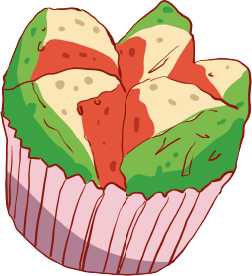
Synopsis:
The adventures of Gula and her friends continue! Stay tuned for the next two instalments in the Magical Sweet Gula trilogy, which will see more spellbinding showdowns, adventures spanning both the Terran and magical worlds, unexpected encounters with new characters, and a whole lot more delicious treats!
2025 will conclude with Magical Sweet Gula #2, the second instalment of Johanes Park and Jessica Leman’s middle grade magical girl series featuring Gula Gulali, a Magi with the power to turn the most mundane items into delectable Southeast Asian desserts. In a Terran world where magical powers don’t exist, Gula’s abilities often lead to silly spectacles and kue-related kerfuffles that land her in a bit of a pickle with schoolmates and teachers. Can she find belonging and friendship without losing her special spark?
MORE COMICS TO COME
The adventures of Gula will continue next year in Magical Sweet Gula #3, and we’re already building up our slate of releases for 2026 onwards! You can anticipate Unbecoming Maya by Andeasyand, the full-length follow-up to her period comic A Drip. A Drop. A Deluge that will explore adolescence, friendship, and bodily changes in a coming-of-age story illustrated in her signature whimsical style. Then, we’ve got a multi-volume fantasy series by Indonesian creator Kathrinna R. which takes place in the floating queendom of Ang Kha Sa. In Tanaraya, Kathrinna creates an epic fictional world that mirrors our current eroding environmental landscape, seen through the lens of princess Emas who learns the truth about herself and the world she thought she knew.
Creator Bios
Shreya Davies has edited comics, literary fiction, and non-fiction publications. Her short stories have appeared in The Epigram Books Collection of Best New Singaporean Short Stories (Vol 4) and Mahogany Journal. She never leaves home without a book in tow.
Vanessa Wong is an illustrator and graphic designer who finds beauty in mundanity. Drawing inspiration from people and interactions in her daily life, she hopes to use her art to find humour in and celebrate such moments. When she isn’t drawing, you can find her somewhere, staring at nothing. Instagram: @tradervans.
Felicia Low-Jimenez believes that stories have the power to change the world. She’s also one half of the writing team behind the best-selling Sherlock Sam series of children’s books. Find her at www.sherlocksam.wordpress.com.
Claire Low is a highly visual individual with an interest in telling stories. Her works range from illustrations and graphic design to filmmaking and scriptwriting. In her spare time, she draws fantasy-inspired works on her art account on Instagram: @comatomato.
Andeasyand is a Nurulhuda Izyan who wrote and illustrated A Drip. A Drop. A Deluge: A Period Tragicomedy. She peddles puns and observations surrounding mental health, the period cycle, and everything in between through illustrations and long captions. When she isn’t, she is making a crafty mess.
Vinita Ramani is a writer and editor. She has previously worked as a journalist for various local and regional publications, and as a publicist for film festivals both in Singapore and abroad.
Griselda Gabriele is a Singapore-based Indonesian artist with experience in editorial illustration and visual development for games and animation. She’s passionate about storytelling and interested in exploring the diverse history, (pop) culture, and faiths of Indonesia and Southeast Asia.
Wayne Rée is the co-creator of the prose/comics mash-up Work-Life Balance, and the short comic about mental health, Worlds Apart: A Conversation About Mental Health. His work’s been included in several fiction publications, most notably Infinite Worlds Magazine and LONTAR: The Journal of Southeast Asian Speculative Fiction. He is also the co-creator of the narrative podcast Ghost Maps.
Nurjannah Suhaimi is a designer based in Singapore. She is a visual communications graduate from Nanyang Technological University’s School of Art, Design and Media. As a self-motivated and proactive person, she takes pride in being able to adapt in stressful situations, and is always seeking new experiences to keep her on her toes!
Charis Loke is a Malaysian illustrator and educator telling stories with images. Her work takes root in both fictional and real-world cultures, whether she’s making fantasy maps or board games about Malaysian markets and kaki lima. She has an MA in Visual Sociology from Goldsmiths and has an interest in drawing and mapping as arts research. She also edits and curates non-fiction comics and visuals for Southeast Asian nonprofits and publishers, including co-editing SOUND: A Comics Anthology, published by Difference Engine. Visit her website here: www.charisloke.com.
Paolo Chikiamco, from the Philippines, is a lawyer and writer of prose, comics, and interactive fiction. His prose has been published in anthologies such as The Sea is Ours and The Best of Philippine Speculative Fiction, and his interactive wrestling novel Slammed! was released by Choice of Games. As an editor, he put together Alternative Alamat, an anthology of stories that reimagine Philippine myth and folklore. As a comics writer, he has collaborated with some of the country’s most talented artists.
Johanes Park and Jessica Leman are an artist-writer couple based in Jakarta, Indonesia. Inspired by Johanes’ childhood experiences growing up with both Korean and Indonesian identities, the duo first created Magical Sweet Gula together in 2015, to share a story of acceptance and friendship with young people who feel “different”.
Kathrinna Rakhmavika, also known as Nana, is an Indonesian comics author and illustrator currently based in Jimbaran, Bali. She loves to create works that depict her country’s diverse culture, engage mindful and critical thinking, and respond to various social and environmental issues. She has published several fiction titles locally and occasionally creates short comics that can be viewed on her Instagram account, @gambarnana.
*Titles and illustrations are not final.
For updates on these titles and more, sign up for our newsletter.
If you have a story you’d like to tell, click here to find out more details on submitting your pitch or manuscript to us. We’d love to hear from you!


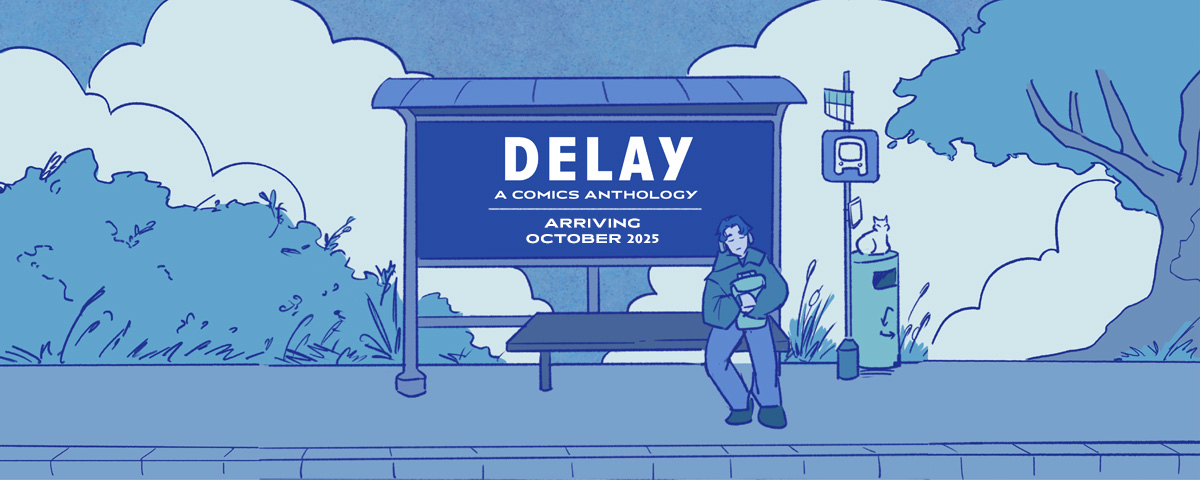

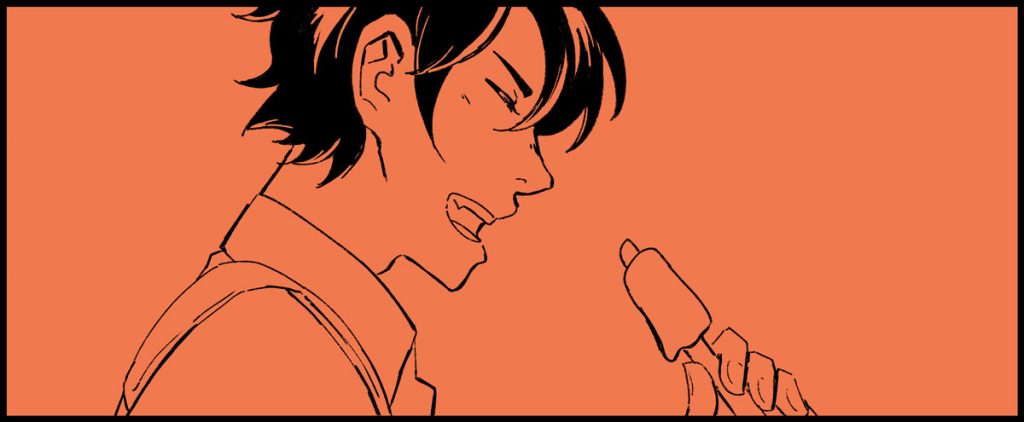
![[PRESS RELEASE] Marked by History? Leave a Scar: Difference Engine Launches “Tiger Girls” as Its Debut Webcomic](https://differenceengine.sg/wp-content/uploads/2024/07/Episode-Preview-Default.png)


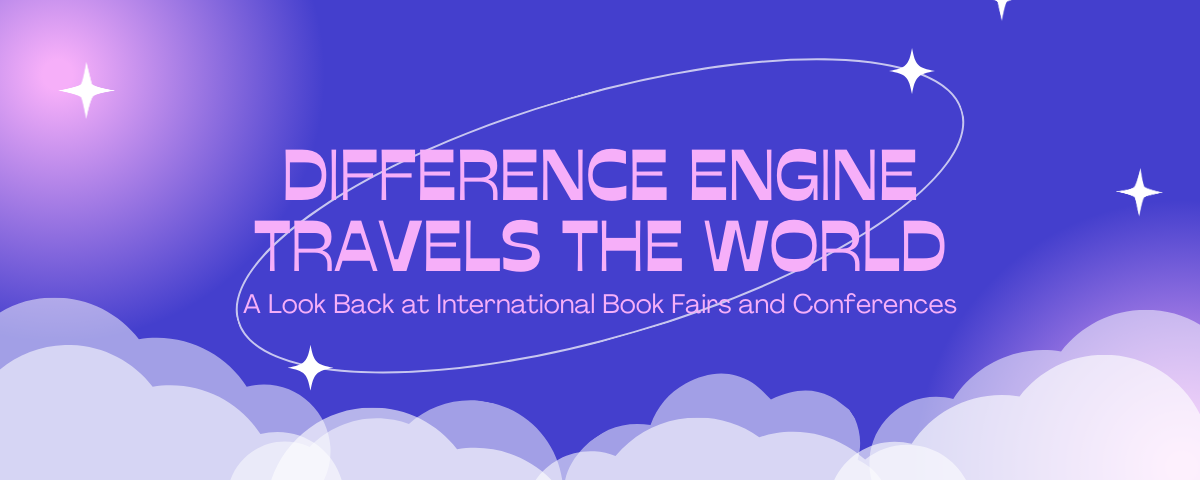
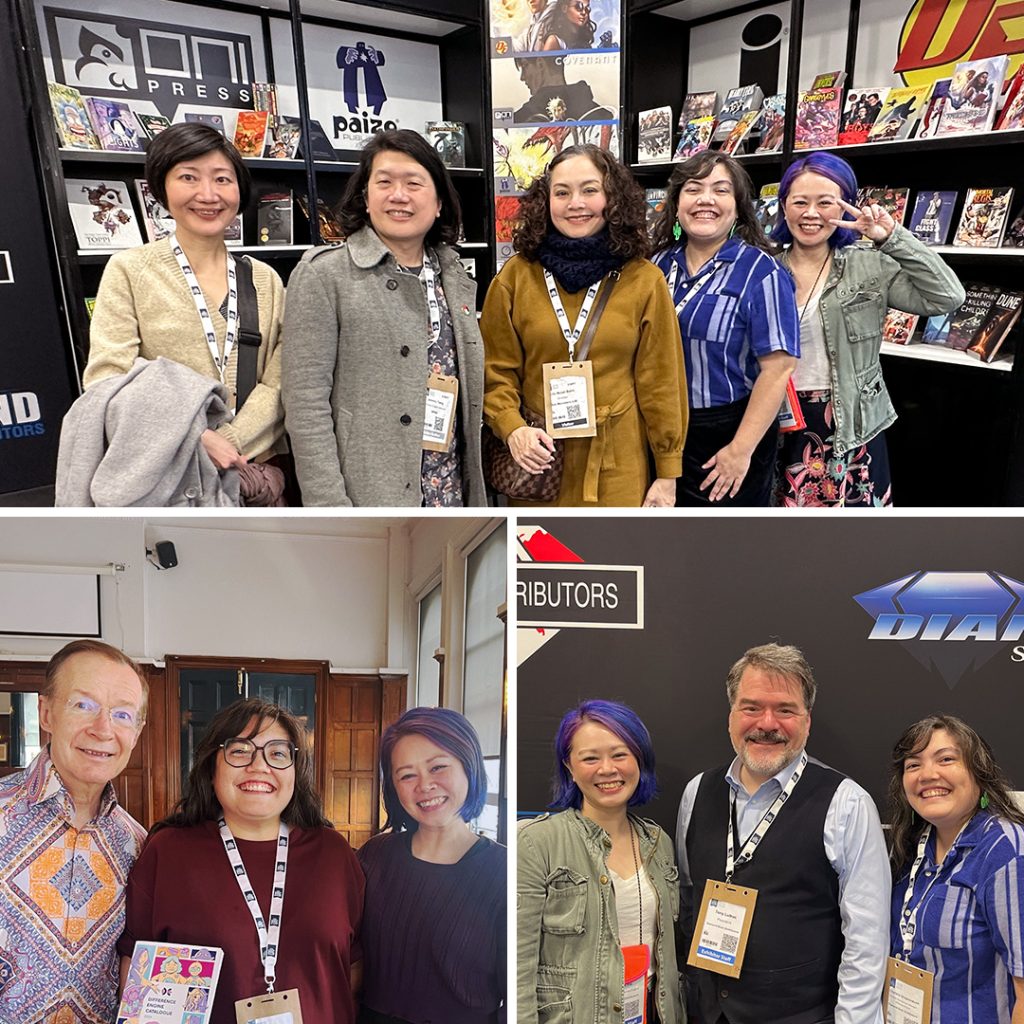



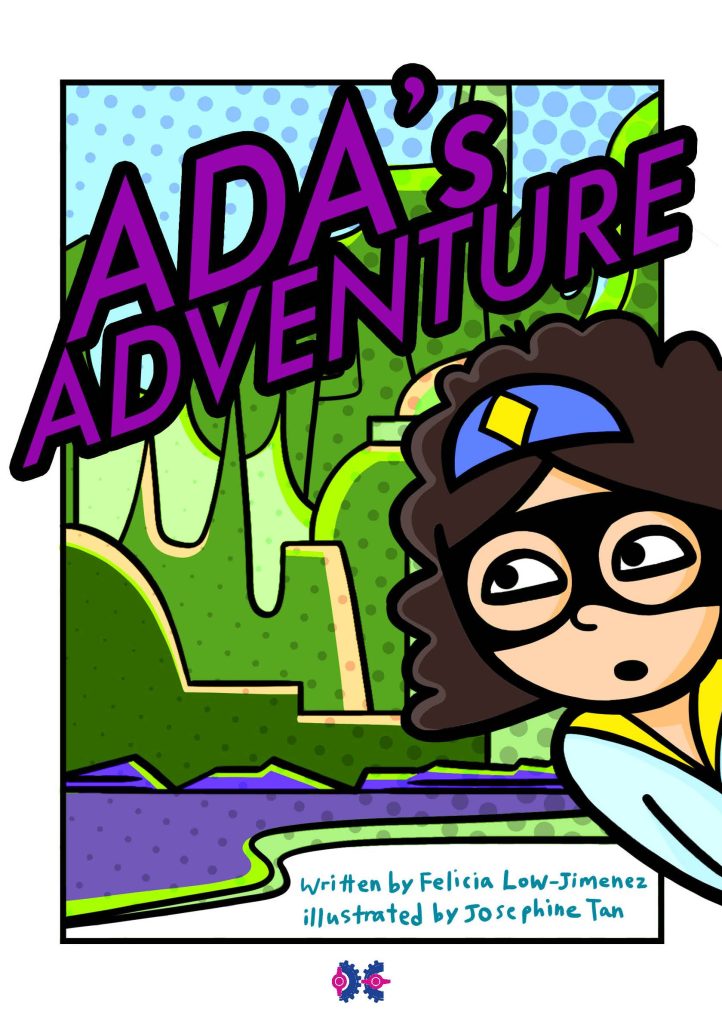

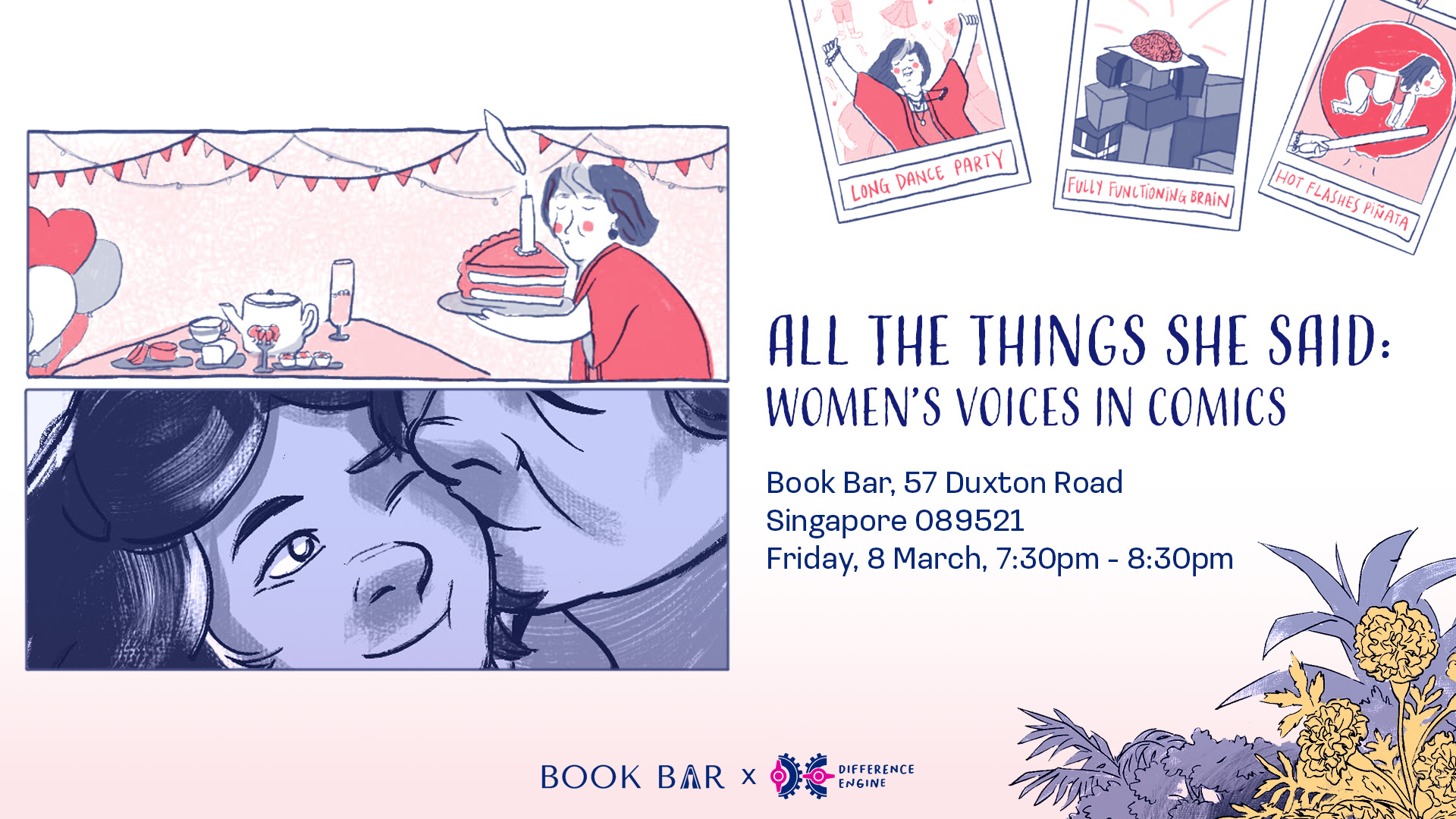
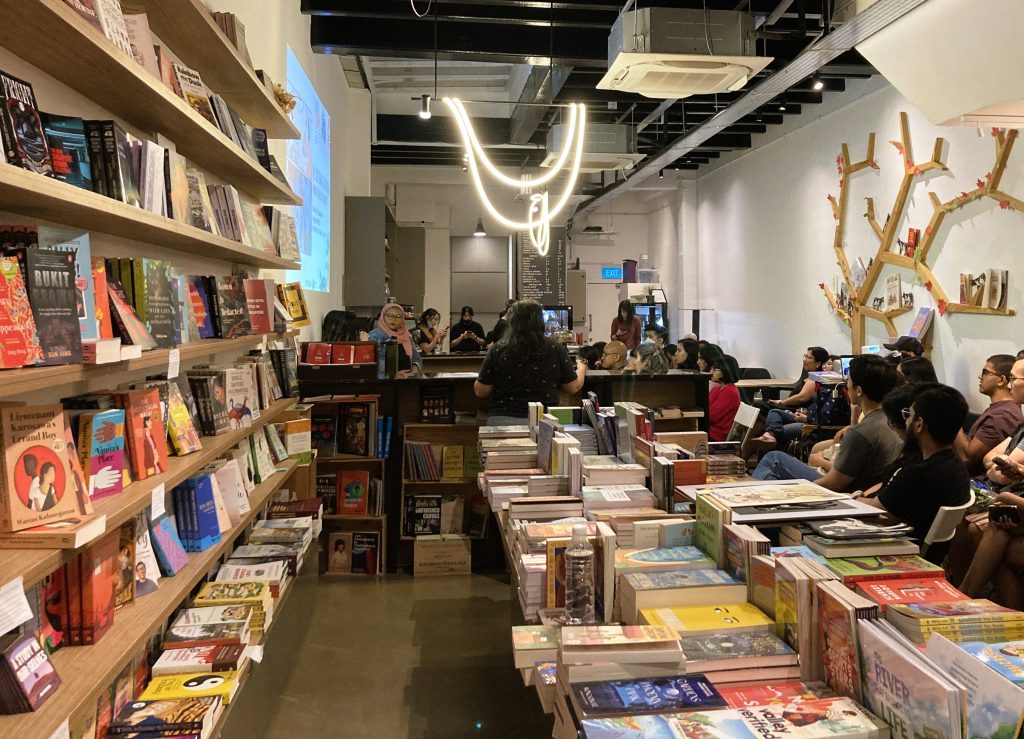


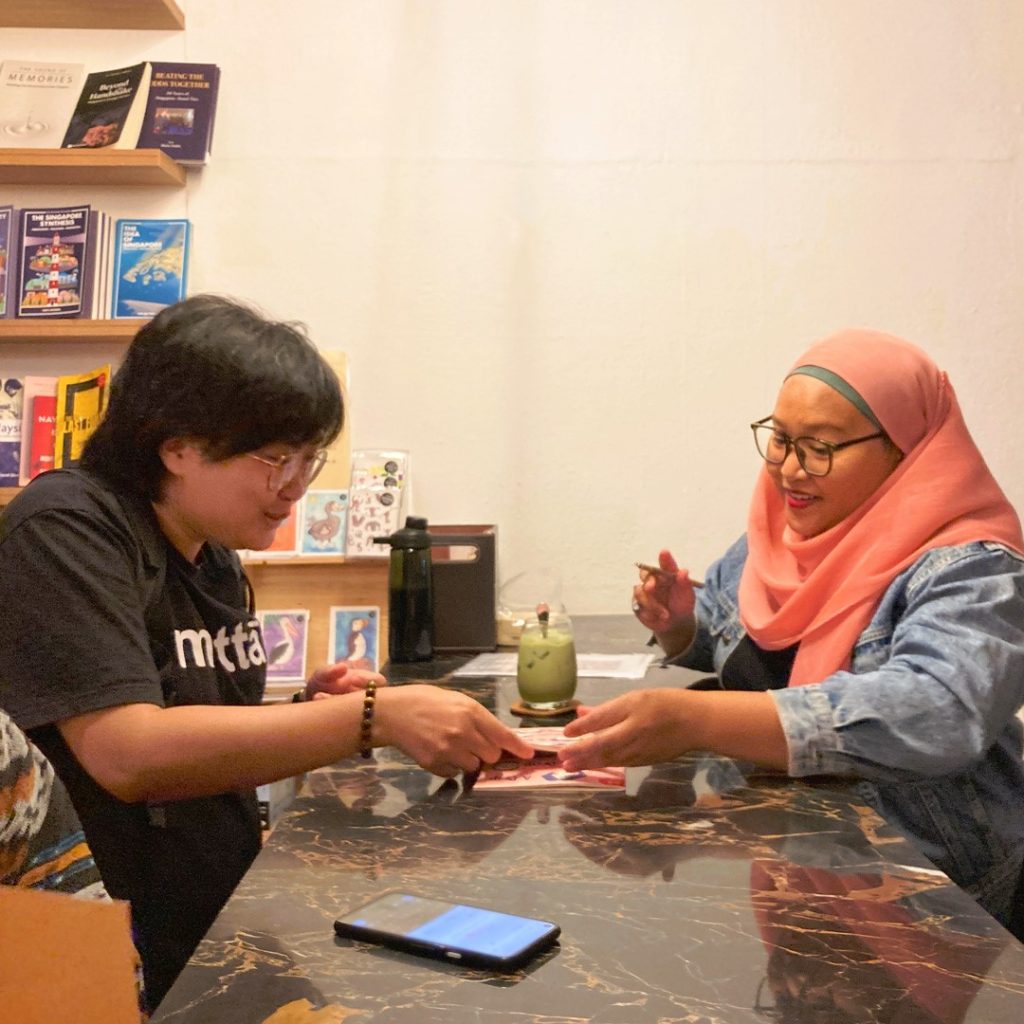
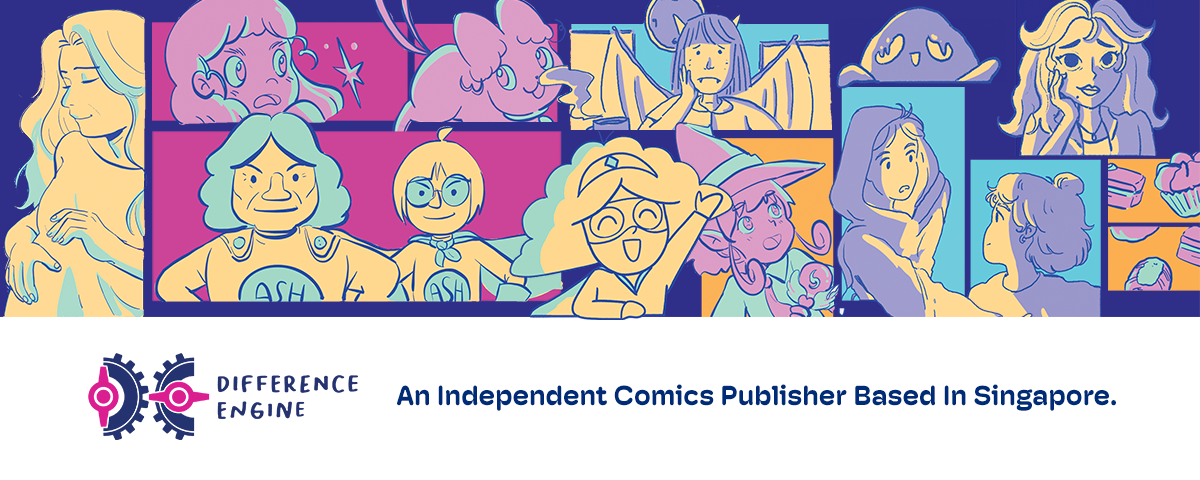


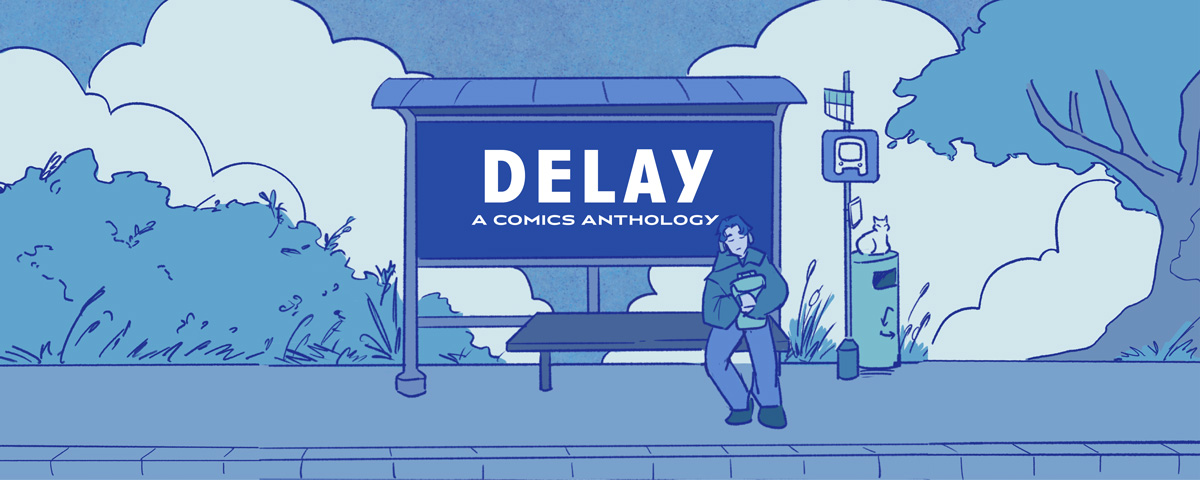
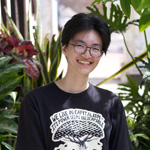

![[PRESS RELEASE] What’s The “Delay”?: Difference Engine Launches Open Call for Second Southeast Asian Comics Anthology](https://differenceengine.sg/wp-content/uploads/2024/03/Delay_Open_Call_Web_Header.png)